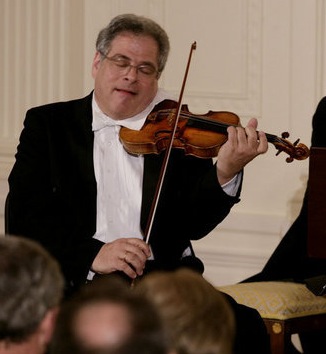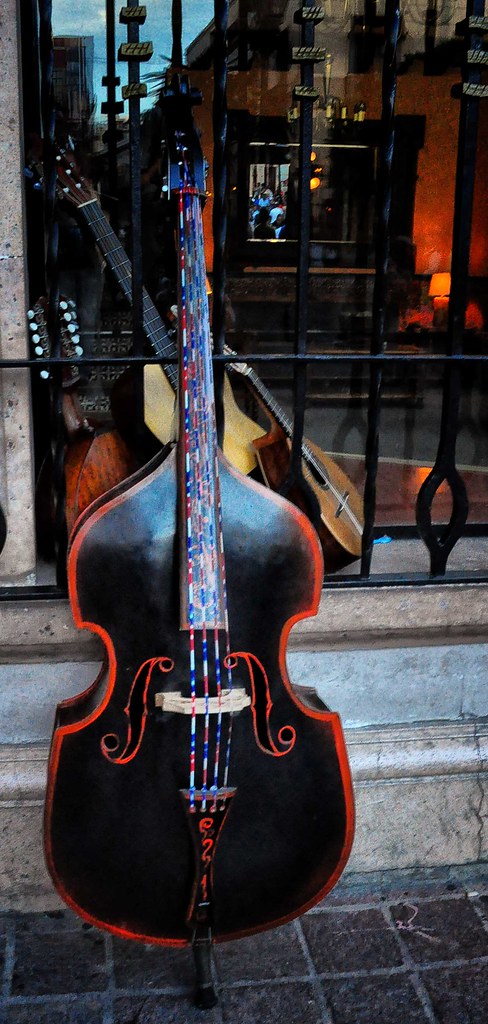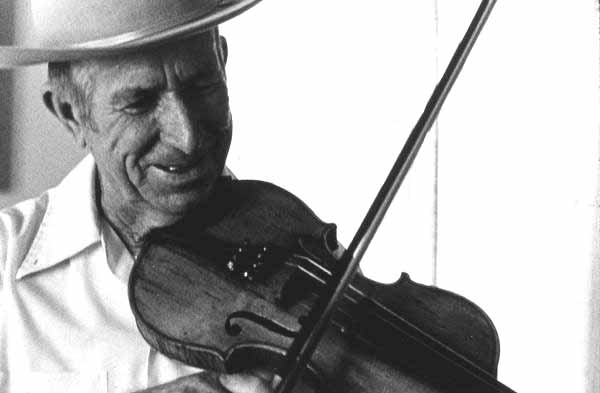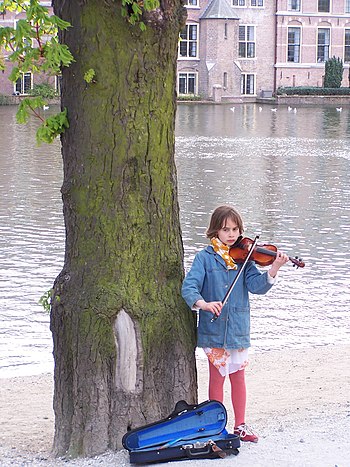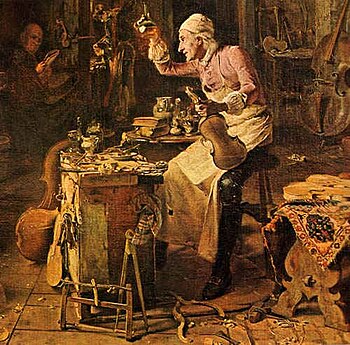 |
| Stradivari (Photo credit: Wikipedia) |
Nicolo Amati, born 1596, was the son and disciple of Girolamo Amati. He is considered the finest luthier of his family. Among the many beloved attributes of Amati's violins is their brilliant varnish in shades from yellow-brown to a golden red. Equally captivating is their tone which is penetrating and sweet but, because of the higher arching, lack the sheer power of a Stradivari. The length of his violins was mostly 14 inches or slightly under. Many of his family were lost to the plague, but Nicolo survived to become the master of the greatest violin maker who ever lived, Antonio Stradivari. Nicolo Amati died in 1684.
Antonio Stradivari was making violins up to the year of his death in 1737. He often inscribed his age on the labels, with one displaying "d'Anni 93" as a reference to his age of 93 at the time of the violin's creation. Born in 1644, Stradivari was described as a tall, lean man wearing a white wool cap with a leather apron. This description was given by the violin virtuoso, Polledro. Stradivari violins show evidence of being a pupil of Nicolo Amati. It is alleged that Amanti began to teach him at 11 years old.
Carlo Bergonzi, born 1676, worked in the workshop of Antonio Stradivari (in whose house he lived after 1746). It is said that he was the favorite pupil of Stradivari. Bergonzi's violins have a magnificent, brilliant tone capable of reaching the corners of the largest concert hall and are well-liked as concert instruments. Bergonzi inherited all the working materials of Stradivari in 1742. Bergonzi died in 1747.
The Cremona school of violin making is highly esteemed in the violin world today and it is due in no small part to the love of the violin demonstrated by these three Italian luthiers in their workmanship which has stood the test of time.
If you're browsing for violins, be sure to consider one of the fine Italian violins available at Ye Olde Violin Shoppe such as the Amati violin. Home to the master luthiers of yesterday and today, as well as a violin forum! Article Source: EzineArticles |


